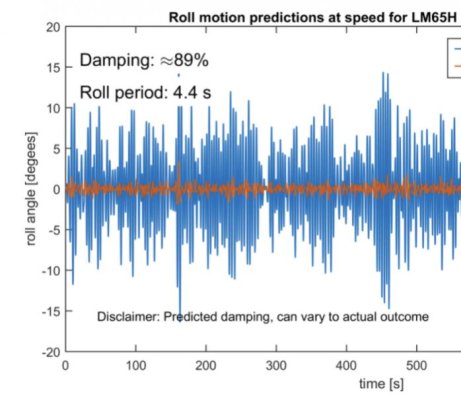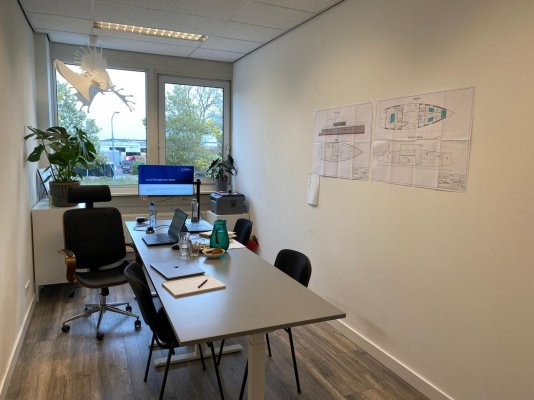O C Diver
Guru
- Joined
- Dec 16, 2010
- Messages
- 12,878
- Location
- USA
- Vessel Name
- Slow Hand
- Vessel Make
- Cherubini Independence 45
Looking good, Xlantic! Thanks for sharing.
OC, Mako,
The JD 4540 is the main engine. The electrical engine will be back-up propulsion. Solar energy will provide enough electrical power for the house-banks ... and then some. The generator will serve as a back-up to the solar power generation AND serve as the back-up for the main engine, providing electricity to the electrical motor. Solar panels and generator electricity will be stored in a Lithium/ion battery pack that will power the electrical engine. Or the other way around, where the electric engine draws in power from the shaft/main engine and serves as the back-up to the generator.
Triple redundancy. And basically what in a car would be called a hybrid system, that also helps to manoever the ship in-harbor on electric power only (electrical motor for propulsion forward or backward and electric bow and stern thrusters).
Regards, Edwin.
Are you referring to a JD 4045?
I installed the same motor in my boat. You probably don't need it with all the solar and a generator, but I installed a second high output alternator with an external regulator on my 4045. A few hours on cruising charges my house bank. If you're interested, there is an album of pictures on my forum profile page showing the second alternator.
Ted



